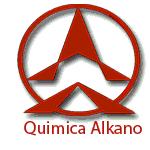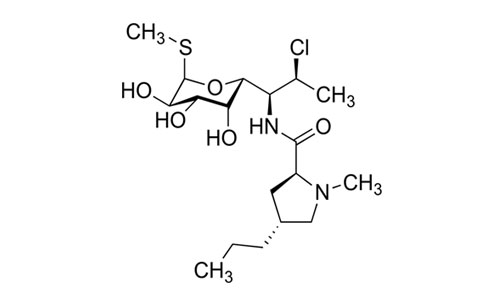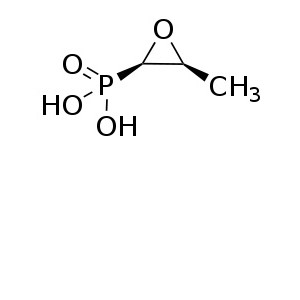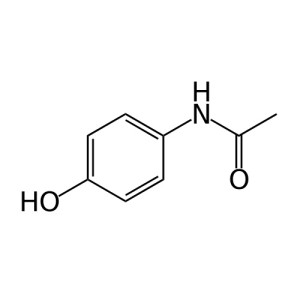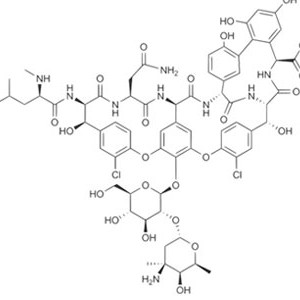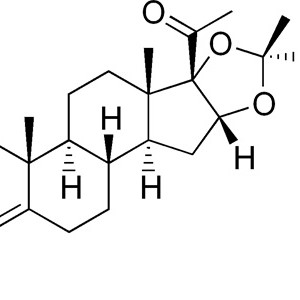Welcome visitor you can
login or register
0 items - $0.00
No products in the cart.
Clindamycin Hcl
Clindamycin is an antibiotic useful for the treatment of a number of bacterial infections.[1] This includes middle ear infections, bone or joint infections, pelvic inflammatory disease, strep throat, pneumonia, and endocarditis among others.[1] It can be useful against some cases of methicillin-resistant Staphylococcus aureus (MRSA).[2] It may also be used for acne and in addition to quinine for malaria. It is available by mouth, intravenously, and as a cream to be applied to the skin or in the vagina.[1][3]

Make an enquiry for this product
Category: Active Pharmaceutical Ingredients
Starting at
Product Description
| methyl 7-chloro-6,7,8-trideoxy-6-{[(4R)-1-methyl-4-propyl-L-prolyl]amino}-1-thio-L-threo-α-D-galacto-octopyranoside |
| Pronunciation | /klɪndəˈmaɪsᵻn/ |
| Trade names | Cleocin, Dalacin |
| AHFS/Drugs.com | monograph |
| MedlinePlus | a682399 |
| Licence data | US FDA:link |
| Pregnancy category |
AU: A US: B (No risk in non-human studies) |
| Legal status |
AU: S4 (Prescription only) UK: POM (Prescription only) US: ℞-only |
| Routes of administration |
Oral, topical, IV, intravaginal |
| Bioavailability | 90% (oral) 4–5% (topical) |
| Protein binding | 95% |
| Metabolism | Hepatic |
| Biological half-life | 2–3 hours |
| Excretion | Biliary and renal (around 20%) |
| Identifiers | |
|---|---|
| CAS Number | 18323-44-9 |
| ATC code | J01FF01 D10AF01 G01AA10 |
| PubChem | CID: 446598 |
| DrugBank | DB01190 |
| ChemSpider | 393915 |
| UNII | 3U02EL437C |
| KEGG | D00277 |
| ChEBI | CHEBI:3745 |
| ChEMBL | CHEMBL2303635 |
| Synonyms | 7-chloro-lincomycin 7-chloro-7-deoxylincomycin |
| Formula | C18H33ClN2O5S |
|---|---|
| Molecular mass | 424.98 g/mol |
| SMILES[show] | |
| InChI[show] | |
